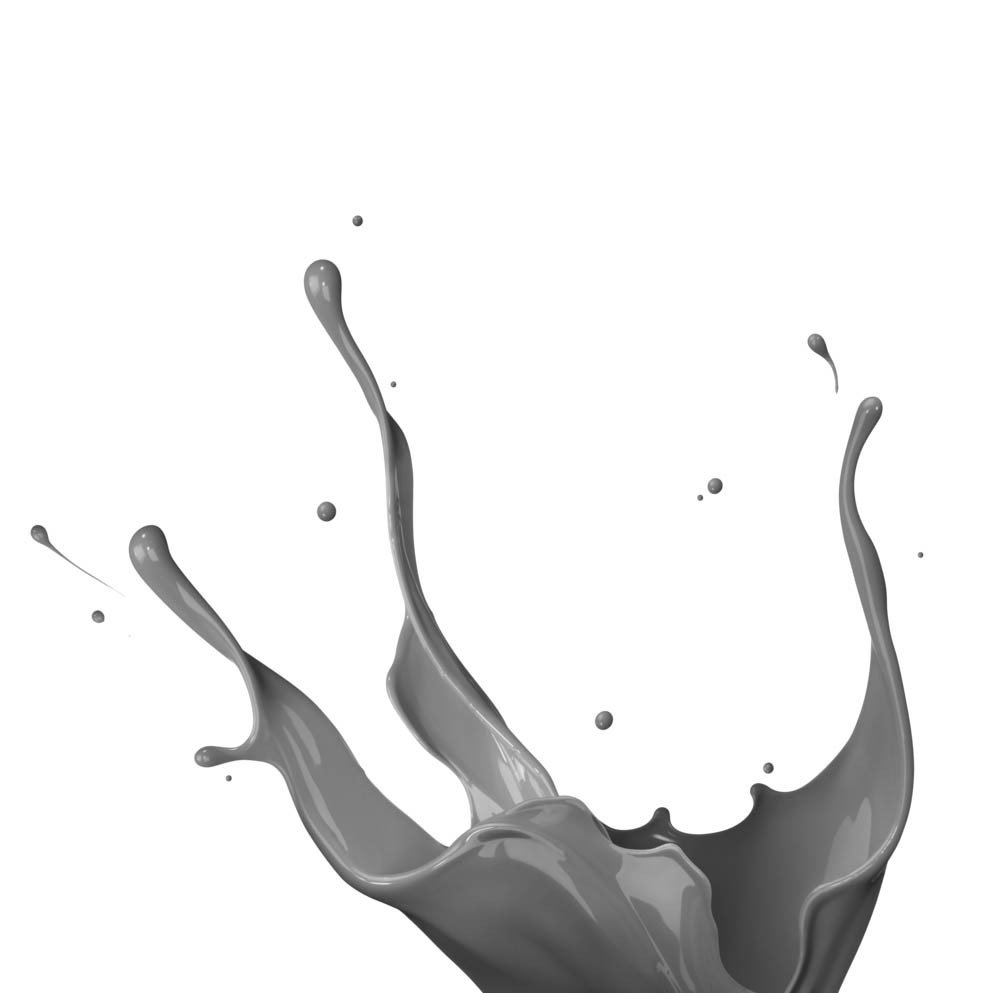
Shopping for just the right resin color? MakerJuice has a solution for you.
If you’re an operator of a filament-based 3D printer, there are vast numbers of differently colored filaments to choose from. Some vendors offer dozens of brilliant colors. But if you’re a resin-powered 3D printer operator, your choices are a lot slimmer.
Certainly resin 3D printer operators are most often simply seeking completed parts in any color, and more often are concerned with the engineering properties of the printed part over its visual appearance. And 3D prints can be painted in any case.
However, if you do seek colored resin, you will find your choices are few. Formlabs, for example, offers only clear, grey, black and white colors for their basic resin.
I suspect one reason for the dearth of resin colors is that the coloration can potentially affect the quality of the prints, as the UV-curing laser must pass partially through the resin. For finely detailed 3D prints on resin equipment, you must tune the print parameters very carefully, and even coloration can screw things up.
Nevertheless, MakerJuice Labs, a producer of third party resin specially for 3D printers, has an interesting solution for coloration.
They offer a series of pigments that one can add selectively to their base resins to create a wider variety of colors.
The pigments, currently available in Black, Blue, Green, Yellow, Red and White, can be used to change the color of the base resin to any of those selections. You can add as much, or as little as you wish to alter the degree of coloration.
They don’t say, but I suspect it’s also possible to experiment with mixed pigments, say to create a purple by mixing the Red and Blue pigments in some combination.
This is exactly what the resin makers do behind the scenes: play with pigment combinations to produce new colors. The catch is that the resulting resin must still be able to perform at top quality when being printed. In fact, MakerJuice Labs says:
Resins for the Form1/+ printers should not be pigmented after purchase. These resins come precisely engineered to work on those printers, and any additional pigmentation will cause print failures.
However, there’s nothing wrong with experimentation, and a print failure or two may be the price for finding that precise color you were seeking.
Another concern is consistency. If you have discovered a particularly attractive coloration, how can you reliably reproduce it in subsequent batches? Do you know the precise ratios? Even a slight difference in the mix could result in a different shade of purple, for example.
When you delve deeply into these matters, you essentially take on some of the responsibilities of a materials producer – because you are one at that point!
The pigments are actually quite inexpensive as well, ranging from USD$8-12 for a small bottle that covers up to 10 liters. In other words, about a buck per liter. That’s very affordable!
MakerJuice Labs’ pigmentation approach is a very interesting and appropriate complement to the open materials strategy now embraced by many 3D printer companies.
Via MakerJuice Labs

